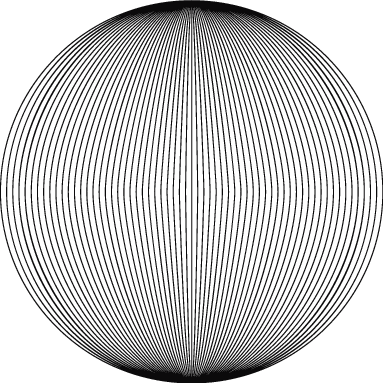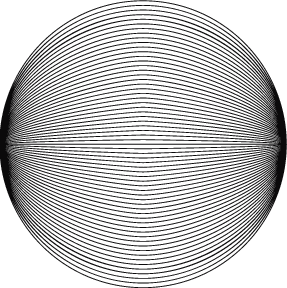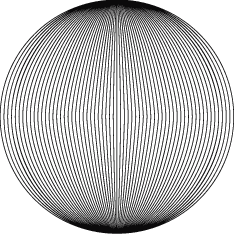

Second Worlds
Real and unreal parallel systems
The dividing lines between the real and the imaginary are not always particularly clear. In some cultures, that which may be, is as much a concrete force as that which is. In which case, the ghosts of the deceased and the past are not a metaphor of memory, but a potent present. A second world that is not parallel at all, but which overlaps the first extensively.
steirischer herbst takes the concept of second worlds as a metaphor for notional alternatives, as levers for changes of paradigm. Even with a minor shift of perspective and parameters, things start to slide: adjust the focus and what is clear becomes blurred, what is blurred becomes clear and we recognise different structures, different layers, different realities. The first and the second world become an optical illusion – their order unclear.
For parallel worlds are not only a hobby of utopians. They are also an efficient instrument of logic and recently, in philosophy, of speculative realism: it is not so much a matter of fixing facts as of considering the possibility that it could also always be very different.
The other world has very specific manifestations, in quite a different way, in African cultures, for example: fancy cars and plenty of bling-bling – it is no coincidence that in poverty the Second World looks exactly the way they imagine distant Europe. Conversely, in these parts we tend to overlook parallel worlds that are just as real: homeless people, migrants, whoever plays no role in our chain of production and exploitation.
Between philosophical figures of thought that enable second worlds at least in our minds, between the aesthetic possibilities of shifting the focus and the concrete, political implications of parallel societies and human beings that fall between the cracks of the patterns of our perception, steirischer herbst 2011 sets out in search of the ghosts that surround us, with whom and through whom we think.
wukonig.com











